How to Save Money For Travel | 5 Steps to Set + Meet Travel Goals
In this post, you’ll learn how to save money for travel by using my 5-step system to setting and meeting travel goals.
If you find it difficult to save money – for anything, let alone for travel – first of all, you’re not alone. Second, I have a system that may help you as much as it helped me!
The key to successfully save money, for travel in this scenario, is to set a goal with a price tag attached. This helps you to be intentional with your savings, and not just save money for travel “somewhere” or “sometime in the future.” That makes it so easy to spend money on everything but travel!
So, let’s dive in to my 5 steps to set goals and save money for travel.

How to Save Money For Travel
1. Change Your Mindset About Saving and Spending Money
First, it’s important to start with the right mindset. Saving money doesn’t come easy to everyone including me back in the day, but once I rewired my thought process, it became less difficult. Then, eventually, it turned into a habit and further to a pillar of my lifestyle.
After being an AmeriCorps Member (living on a tiny budget) and embracing minimalism several years ago, I have a different outlook on how I spend money. I make fewer impulse purchases and I try to buy only what I need when I need it.
What helps me further develop this outlook is thinking of each purchase I make in travel terms. So, I ask myself, “How many nights at a hotel/hostel can I get for this amount of money?” Then I weigh the benefits of having this new thing in my life vs the number of additional nights I could travel.
Sub in something else that’s important to you when you travel, like meals out at restaurants or activities you’re dying to do to make this work for you.
“You Have to Stop Spending Money to Save Money”
I’m sure you’ve heard the phrase, “To save money, just stop buying a $5 coffee every day.”
I know. It’s annoying to be told to give up one of your favorite things, whether it’s a daily latte, scratch tickets, manicures, or some other treat that you totally deserve to indulge. However, it’s a very true statement. To save money, you have to stop spending it.
It helps to look at it from another angle and think of it as spending with more intention. Can a daily treat even be considered special or is it just a habit? Switch to weekly or monthly to make the treat more special, and find an alternative for the time in between.
Continuing with coffee as an example since it is a personal money-saving obstacle of mine, let’s do some math to compare a daily latte with a more intentional and special weekly latte.
- $5 x 365 (every day) = $1825
- $5 x 48 (once a week) = $240
By treating yourself weekly rather than daily, you can save $1585 a year! Now imagine adding that money to your travel savings fund, just by being a little more purposeful in your spending.

2. Set Your Goal
Now that you’re working on your spending/saving mindset (it’s a work in progress), you have a choice to make between a destination-based goal or a price tag goal. The big difference is when the actual travel logistics are researched and planned. I’ll explain.
Destination Goal
I think most people would choose this type of goal because they already know exactly where they want to go. If that’s you, you’d figure out all the logistics first, like transportation, accommodations, and activities, to help you come up with the figure (the goal) to save for.
EXAMPLE | A destination-based goal I set was my trip to Europe in 2019. I knew I was flying in and out of London, had 21 days between the two flights, and would spend at least one week in Latvia. I also knew I wanted this trip to be as inexpensive as possible, and the final itinerary reflected that. After some research, I found a cheap route from Latvia to Estonia, then Finland, and back to London for my flight home.
Amount of Money Goal
This is the method I use most often since I just always save money for travel. It works for those who are flexible about the length of the trip, distance away from home, type of transportation and accommodations, etc.
I usually aim for $1000 per trip but the amount of money can be more or less and depends on the type of traveler you are. When I reach that amount of money in savings (or get close to it), I start the planning process.
EXAMPLE | I think it’s a fun challenge to pick a place I’ve never been to before and make it work on a budget of $1000 or less. For instance, I’ve taken a 9-day road trip from Massachusetts to Florida, spent a week in Quebec City, and 5 days in Montana. These trips were very different in the length of time, type of activities I did while there, type of transportation used, etc, but all still cost about $1000.
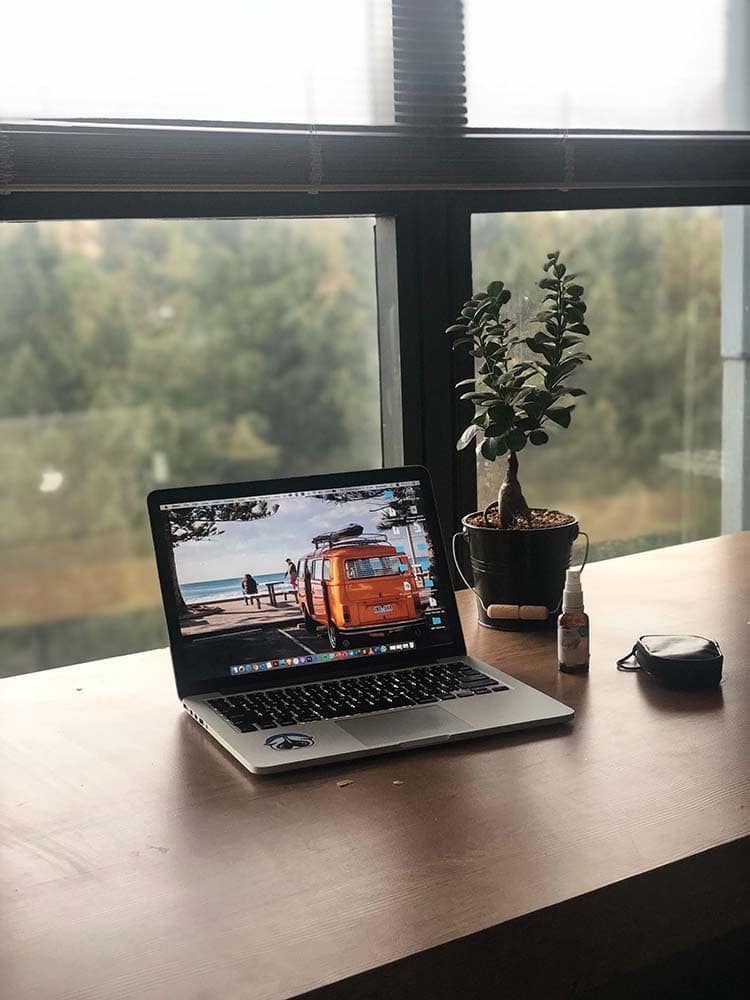
3. Give the Goal a Name + Use It Every Day
Whatever type of trip you want to take and for whatever price tag – just give it a name. Make it as simple as “Martha’s Vineyard Weekend” or personalize it to make it more meaningful to you. The daily reminder is the most important part here.
Use one of these tricks or a combination:
- incorporate the name of the place in passwords such as your computer login
- select an image of the place as the wallpaper on your phone or computer
- create a digital collage of images and words to use as the wallpaper on your phone or computer
- put a calendar with images of the destination somewhere you look each day
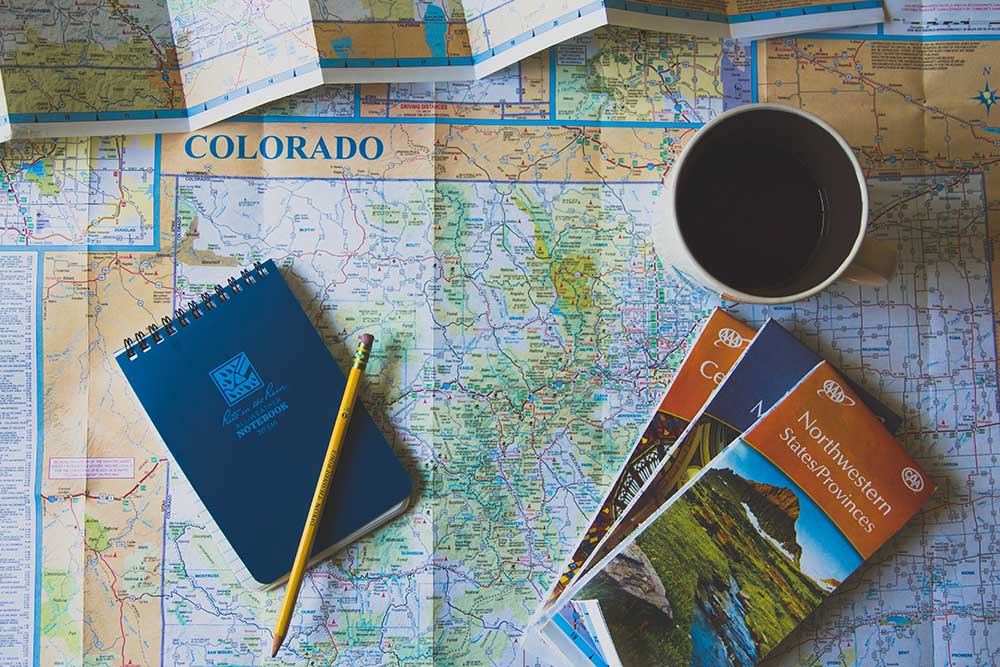
4. Figure Out Your Budget
Once you have named your trip and set your daily reminder, estimate how much it will cost to the best of your abilities.
Choose what you want to splurge on and what you’re willing to compromise on. Finally, choose what you can handle spending very little to nothing on. For me, I will usually splurge on comfortable transportation, compromise on accommodations, and find the cheapest ways to feed and entertain myself.
This will be different for everyone and there is no wrong way to do it but make sure to include all the following in your budget.
1. LENGTH + DISTANCE | Naturally, the longer the trip the more money it will cost. Also, the further away you want to go the more it may cost to get there.
2. PAPERWORK + VACCINES | Don’t forget about budgeting for the cost of visas, passports, making copies, and getting proper vaccinations before your trip.
3. TRANSPORTATION | Think about the cost of getting to your destination – will you fly, take a train, drive, etc? How will you get around while you’re there – public transportation, rental car, your own car, etc? Don’t forget to include the cost of getting to and from the airport at home. For me, the most convenient way to the airport in Boston is to take a bus, which is an additional $50, which I seem to always forget to add to my budget from the beginning.
4. ACCOMMODATIONS | When choosing accommodations, think about proximity to transportation, activities, and sightseeing, amenities. Take into account your minimum comfort requirements and what kind of trip you’re taking.
5. FOOD + DRINK | Will you be eating all your meals at restaurants, cooking for yourself at your accommodation, or a combination? Remember to add snacks and alcohol to your budget.
6. ACTIVITIES + SOUVENIRS | Plan some activities for your trip, whether they are scheduled or unscheduled. I like to plan 1-2 activities a day and play it by ear the rest of my time. Consider purchasing tickets in advance or buying a city pass to save money. Also, plan to purchase your favorite type of souvenir or something specific that you want to bring home, especially if it is something that you will have to ship separately.
7. INSURANCE | It is imperative these days to get travel insurance. This is highly situational, but if you have a credit card that offers travel insurance, use that to book flights, transportation, and accommodations to cover cancellations, lost luggage, and theft. Then depending on your destination and planned activities, purchase supplemental travel health insurance to cover injuries. illness, and emergencies.
8. EXTRA CUSHION MONEY | I always have a plan for cushion money just in case. Plans may change when you arrive at your destination. You may want to change accommodations, change your flights or itinerary, extend or shorten your stay, add a guided tour you hadn’t planned on, decide that there are more delicious restaurants to try than you anticipated – it could be anything. Have some extra cash on hand (the amount is totally up to you) and an emergency credit card. Keep both somewhere secure and outside your wallet.
Try my favorite travel planning resources to plan your trip and help figure out your budget.
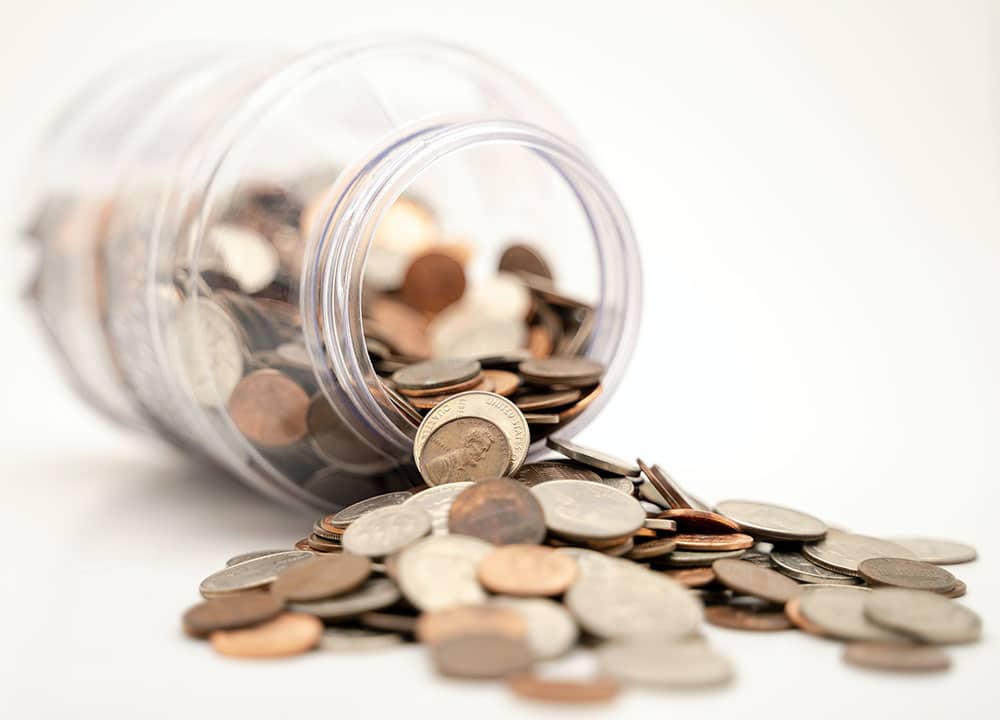
5. Sort Your Money Into Pots
In addition to having a money-saving mindset, it’s important to “physically” separate your money into different “pots.” I suggest having at least 3 bank accounts.
1. CHECKING ACCOUNT | With the local bank of your choice. Use this as your main account for everyday spending and paying bills.
2. SAVINGS ACCOUNT | Use this account for your emergency fund. Connect a savings account to your checking account at the same bank and transferring money is easy and fast to do in case of… an emergency, obviously.
3. CHARLES SCHWAB CHECKING ACCOUNT | Specifically, a Charles Schwab High Yield Investor Checking account. This will be your dedicated travel fund account since it takes four days to transfer money to/from this account to your everyday checking account.
Benefits of a Charles Schwab checking account for travelers:
- Save and spend from the same account. No need to transfer money once it’s in this account.
- The debit card can be used worldwide with no foreign transaction fees and unlimited ATM fee refunds.
Once these three accounts are set up, it’s time to start saving, and you’re well on your way to meeting your travel goals!
BONUS SAVING TIP
Save your loose change and spare dollar bills in a jar. Over time it can really add up, especially if you work in the service industry and receive cash tips. I’ve done this, and in the past, I have been able to make several sizable purchases once the jar was full – including cross-country plane tickets! A few years ago, I cashed in my change jar before a trip and used the $45 as “fun money” during a layover in Las Vegas.
SAVE THIS POST FOR LATER!
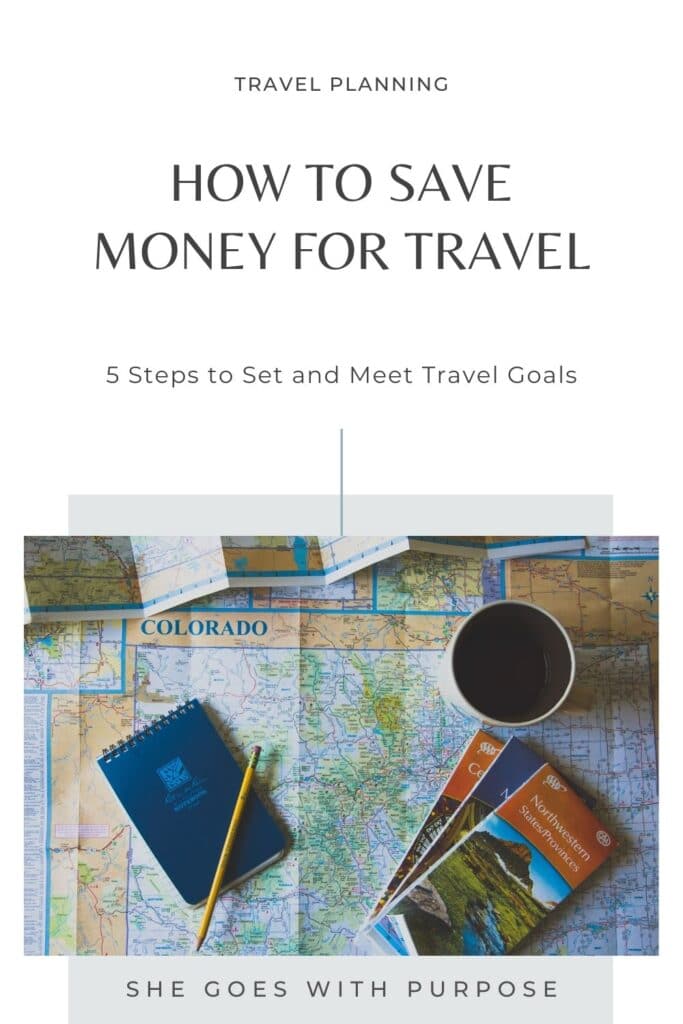
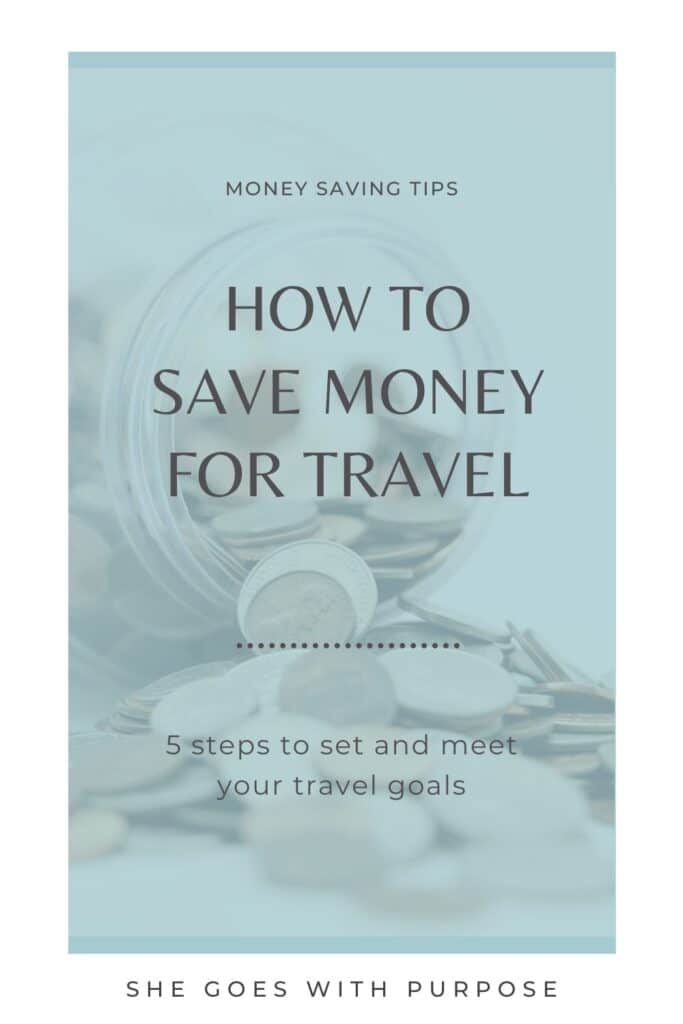
- Like
- X
- Digg
- Del
- Tumblr
- VKontakte
- Buffer
- Love This
- Odnoklassniki
- Meneame
- Blogger
- Amazon
- Yahoo Mail
- Gmail
- AOL
- Newsvine
- HackerNews
- Evernote
- MySpace
- Mail.ru
- Viadeo
- Line
- Comments
- Yummly
- SMS
- Viber
- Telegram
- Subscribe
- Skype
- Facebook Messenger
- Kakao
- LiveJournal
- Yammer
- Edgar
- Fintel
- Mix
- Instapaper
- Copy Link
These are all really great tips! I like the one on sorting money into “pots” for different purposes! :]
These are all fantastic tips and I learned a few new ones that I’ll have to apply to help me save! Thanks for sharing these!
I hope it helps! Happy traveling!
Awesome list! Totally agree with your premise that you need to stop spending to save money. Bit by bit you can achieve all your money and travel goals. Very inspiration for people. Thanks for sharing!
Exactly – bit by bit! Thanks for reading =)
These are such great tips! I love sorting my money out into separate pots- it helps so much!
I’m glad that works for you, too!
I’m so glad I don’t drink coffee because those price comparisons are insane! I like your other tips too!
It really makes you think about your habitual spending, though, right?!